Common Name(s): Australian buloke, bull oak
Scientific Name: Allocasuarina luehmannii (formerly Casuarina luehmannii)
Distribution: Eastern Australia
Tree Size: 30-50 ft (9-15 m) tall,
1-2 ft (.3-.6 m) trunk diameter
Average Dried Weight: 69.9 lbs/ft3 (1,085 kg/m3)
Specific Gravity (Basic, 12% MC): 0.86, 1.09
Janka Hardness: 3,760 lbf (16,740 N)*
*see comments on hardness below
Modulus of Rupture: 18,850 lbf/in2 (130.0 MPa)*
Elastic Modulus: 2,682,500 lbf/in2 (18.50 GPa)*
Crushing Strength: 10,150 lbf/in2 (70.0 MPa)*
*Strength properties are estimated based on AS/NZS 2878:2000, strength group SD2
Shrinkage: Radial: ~5%, Tangential: ~9%,
Volumetric: ~14%, T/R Ratio: ~1.8
Color/Appearance: Heartwood is reddish brown. Somewhat well defined sapwood is a light yellowish brown. Very large aggregate rays produce a lace-like pattern on quartersawn surfaces. Rays are so large, some pieces have visible ray flecking on flatsawn surfaces.
Grain/Texture: Grain is straight to slightly interlocked. Uniform medium texture with good natural luster.
Rot Resistance: No data available.
Workability: Can be difficult to work on account of its hardness. Tearout can occur during planing or surfacing, especially on quartersawn surfaces in the rays. Turns and finishes well.
Odor: No characteristic odor.
Allergies/Toxicity: Besides the standard health risks associated with any type of wood dust, no further health reactions have been associated with Australian buloke. See the articles Wood Allergies and Toxicity and Wood Dust Safety for more information.
Pricing/Availability: Seldom available outside Australia. Occasionally available as small turning blocks or craft blanks. Prices are high for an imported hardwood.
Sustainability: This wood species is not listed in the CITES Appendices or on the IUCN Red List of Threatened Species. However, while the tree species itself may not be directly threatened by extinction, certain stands in Victoria and New South Wales are listed as endangered by the government of Australia.
Common Uses: Knife handles, flooring, fine furniture, and turned objects.
Comments: Australian buloke is commonly reported as the hardest wood in the world. This is based upon a single data source and may not give the best representation of all testing and data available. Consequently, with as many data points taken into consideration as possible, Australian buloke ranks at #21 overall on the poster Worldwide Woods, Ranked by Hardness. For more information, please consult the video discussion, Quest for the Hardest Wood in the World.
The rays in Allocasuarina and Casuarina species are so large, ray fleck is considered to be best displayed on flatsawn surfaces (most lacewood-type woods only achieve a respectable ray fleck when quartersawn). When sheoaks are quartsawn, the ray fleck can become too large and irregularly patterned for smaller pieces.
Not closely related to true oaks (Quercus genus), the etymology of the common name bull-oak is ambiguous. Both woods share a similar ray-flecked appearance on quartersawn surfaces.
Images: Drag the slider up/down to toggle between raw and finished wood. A special thanks to Don Wan for providing the wood sample of this wood species, including a very large slab!
Identification: See the article on Hardwood Anatomy for definitions of endgrain features.
Porosity: diffuse porous
Arrangement: exclusively solitary
Vessels: medium to large, moderately numerous; reddish brown deposits occasionally present
Parenchyma: banded
Rays: narrow and very wide aggregate rays; normal and very wide spacing (respectively)
Lookalikes/Substitutes: The wide rays serve to separate Allocasuarina from most other genera (except for the closely related Casuarina genus). See notes below. Additionally, having exclusively solitary pores (rather than a mixture of solitary and radial multiples) further serves to differentiate sheoaks from other hardwood species.
Notes: Australian buloke, along with most species contained in the Casuarinaceae family, feature aggregate rays that can be extremely wide—perhaps the widest of any hardwood family in the world. Even the larger rays of silky oaks and lacewood in the Proteaceae family pale in comparison to the aggregate rays found in Casuarinaceae.
Related Content:

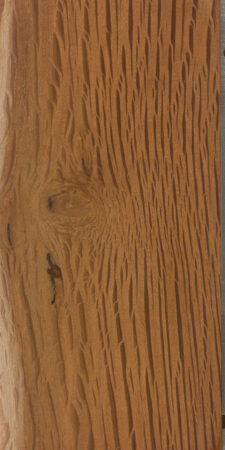
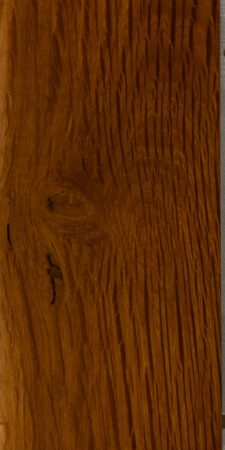
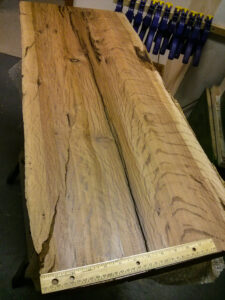

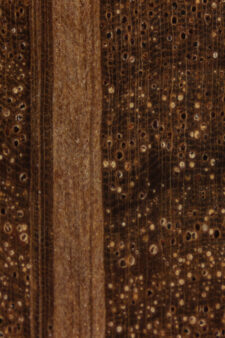

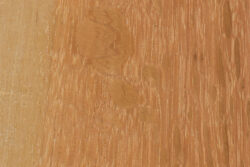
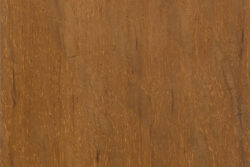
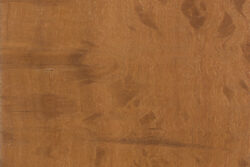
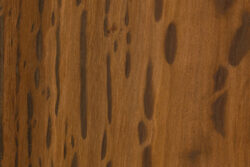
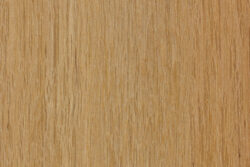
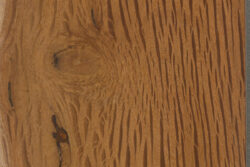
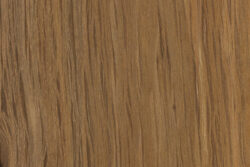

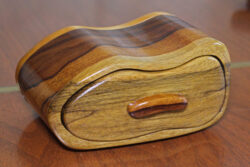





In terms of rot resistance, I have worked on large properties in the eastern states of Australia, and have pulled fence posts out of the ground after more than 100 years and they have been totally intact – even in marshy conditions. They are impervious to white ants. Cut up as firewood, they produce a constant, intense heat and turn into a large ember that burns for hours. Iron bark, as we know it, splits like a block of coal along seams, leaving a smooth surface. I recently stacked several tonnes of the wood for firewood, and tested it’s specific… Read more »
buloak black resin river table
Do you think this is Australian Buloke? It’s the hardest wood I’ve ever worked with.
this is a part of the slab with a little bit of turps splashed on it
this is just a sample piece of buloak that i filled with clear resin, but this is the hardest wood ive ever worked with by far
Are you able to make a bow out of it
Australian timbers generally are known for there rigidity and the harder they are the more rigid,so the short answer is no;but as a lamination among other woods such as palm it may be a good back bone
I have just finished constructing an entertainment unit in Buloke. It has been the most difficult timber I have ever worked with but the final outcome was well worth the effort. The timber was sourced from a dead tree near Rochester and milled by a sawmill at Rushworth. I would certainly agree with all of the comments about its’ hardness.
I don’t think the hardness listed here is correct. It does not agree with https://en.wikipedia.org/wiki/Janka_hardness_test or with any other sources I could find, which all list Australian Buloke as 5060 lbf.
I just made a video addressing this very topic… https://www.youtube.com/watch?v=IfXW9Tw-3O0
nice video!! thanks!
I recently visited a stand of Buloke trees the timber it seems is susceptible to insect attack, some recently fallen pieces had been chewed up by termites. It also checks and splits readily not mention most pieces have a slight twist along their length. I’m yet to do a strength test but it seems to be stronger than its relative the Sheoak. Trouble is finding these trees amongst Black Oaks and other species that grow nearby as they are very similar. A few strokes dulled my hatchet at an almost staggering speed. If it wasn’t for the fact that large… Read more »
We have sanded once an Australian buloke floor in London and it really is the hardest wood on Earth! It was one of the most difficult wood flooring restoration jobs we have ever had…
I would love to see that floor, difficult from Melbourne Australia though…
Well, the janka test is a spherical styli so the hardness reflected would increase exponentially, (intuitively it feels they should have used a cone but i’m sure they know more about it than me) so a wood a little harder should have an exponentially greater janka number.
Is the Janka haradness really over 500?!?! that would make it the hardest wood in the world would it not?
I think you mean 5000, not 500. I definitely have my doubts about this number. I’m currently investigating it more, but it seems to be abnormally high. I don’t dispute that somewhere, someone tested an abnormally heavy sample of this wood that had a hardness that high. What I do dispute is the fact that this could possibly be considered the AVERAGE hardness for the wood, given its average dried weight. To put it into perspective, Sheoak is a very closely related species in the Allocasuarina genus, with nearly identical dried weight, and it’s Janka hardness is much more reliably… Read more »
I deal with buloke all the time, it is by far the hardest wood on earth. It is easier to break with a sledge hammer or run a block splitter along a split than using a saw. It’s hardness makes it brittle like cast iron, makes excellent firewood than turns to clean charcoal that you simply burn again and again.
I’m making knife handles out of buloke wood. Can I use a band saw or scroll saw? If so, will I have to replace the blades afterwards?
In my experience with smaller pieces like knife handles, it really doesn’t work all that much differently than your average piece of exotic hardwood. In terms of absolute blunting, I’d say Buloke was kinder to my blades than something like Bloodwood, which is a killer on cutting edges!
A similar comparison is Bois d’Arc. At 2,040 Janka Hardness Scale….. a 3/4″ thick board of that wood can go through a15 TPI scrolls blade fairly easily. Other time….not so easy. :/